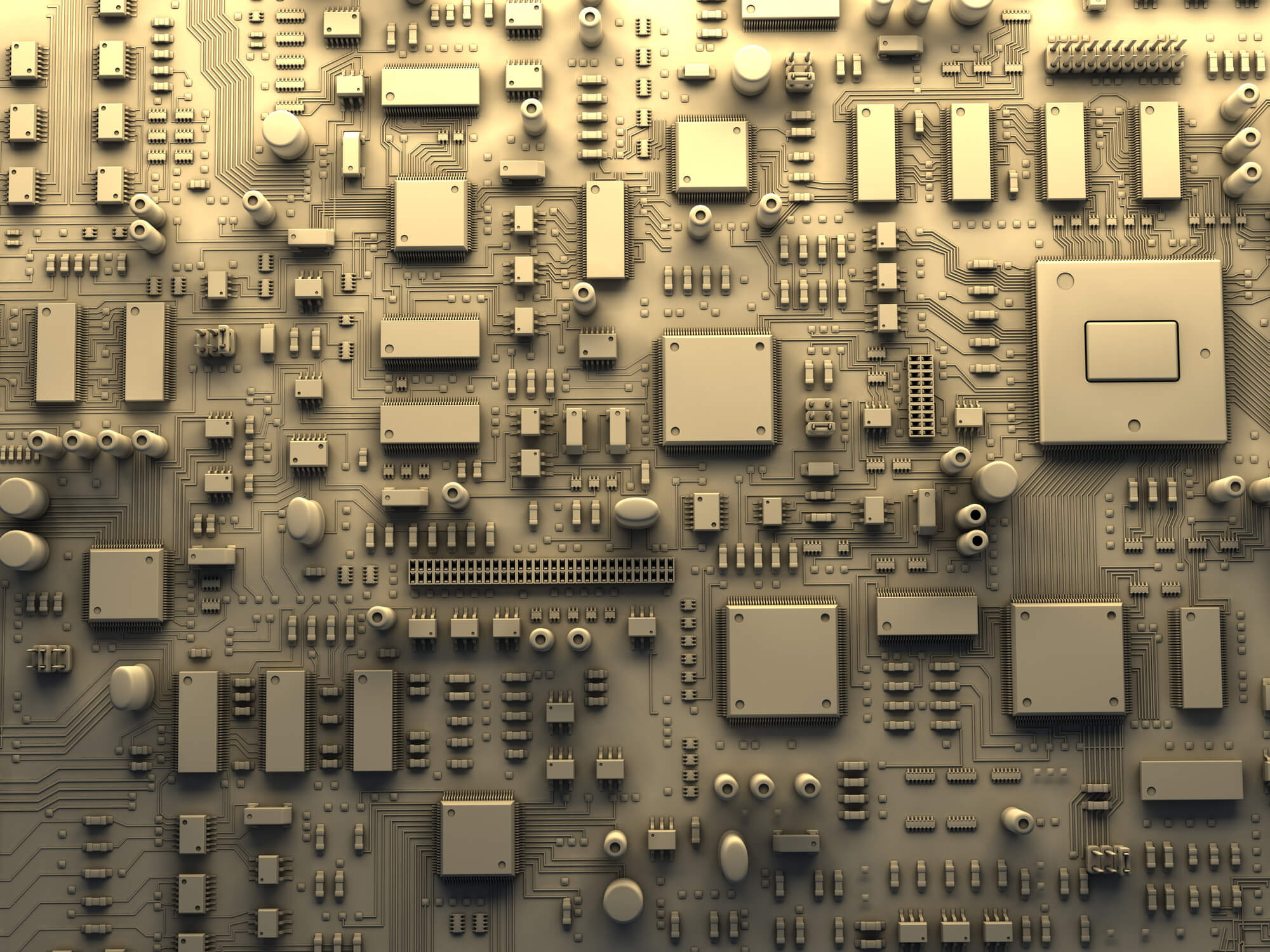In the last IoT blog, we covered the benefits of software optimization since IoT hardware is generally stationary and the cost to manually change sensors and devices as regularly as a laptop or smart phone isn’t feasible. The eco-system around the hardware needs to be as future proof as possible.
Apart from software, another big leap forward has been due to the impact of Cloud Computing on IoT processing capacity.
The Impact of Cloud Computing
Let’s rewind, in the 1970s and 80s, it was popular for businesses to rent time using room-sized mainframe computer systems. These systems were extremely large and expensive, so it didn’t make sense financially for businesses to own the computing power themselves. Instead, they were owned by large corporations, government agencies, and universities.
The arrival of microprocessor technology allowed for great reductions in size and expense, leading to the advent of personal computing and suddenly businesses could bring computation in-house. However, as high-speed connections have become widespread, the trend has reversed: businesses are once again renting computing power from other organizations. Instead of buying expensive hardware for storage and processing in-house, it’s easy to rent processing capacity for cheap in 'the cloud'. The cloud is a huge, interconnected network of powerful servers that performs services for businesses and for people. The largest cloud providers are Amazon, Microsoft, and Google, who have huge farms of servers that they rent to businesses as part of their cloud services. The economies of scale achieved by these key players makes buying and maintaining in-house servers a difficult proposition. Computing horsepower is steadily and uninterruptedly going up every year, the cost of outdated servers can damage a business not only financially but can also hinder success, since competitors can use more processing power on-call available through the computing giants.

Most businesses have variable needs, most of the time they don’t need much computing, but every now and then they need a lot. Cloud computing is an effective solution since you can simply pay for what you need.
When it comes to ordinary consumers, we use these cloud services all of the time. You might store your files in OneDrive instead of on your personal computer. OneDrive uses Microsoft’s Azure services. Spotify for example uses Amazon’s cloud services to stream music onto your device instead of locally storing it. Generally, something that happens “in the cloud” is any activity that takes place over an internet connection instead of on the device itself.
Cloud computing is an integral part of IoT ecosystems as devices are required to be as cheap as possible, and ‘outsource’ the processing of the information they are collecting. This allows for cheaper per unit costs and access to cloud computing on a scalable and as needed basis.
Using the cloud also allows for high scalability. When you have hundreds, thousands, or even millions of sensors/devices, putting large amounts of computational power on each sensor/device would be extremely expensive and energy intensive. Instead, data can be passed to the cloud from all these sensors and processed there in aggregate.
For much of IoT, the brain of the system is in the cloud. Sensors/devices collect data and perform actions, but the processing/commanding/analytics aka the “smart stuff", happens in the cloud.
Quadrent provides hassle free technology leasing to help companies achieve their most ambitious goals, whether that be supercharging their current workflows with an IoT infrastructure or empowering staff with them. We’d love to have a chat about technology goals. Reach out to Arnold here.
